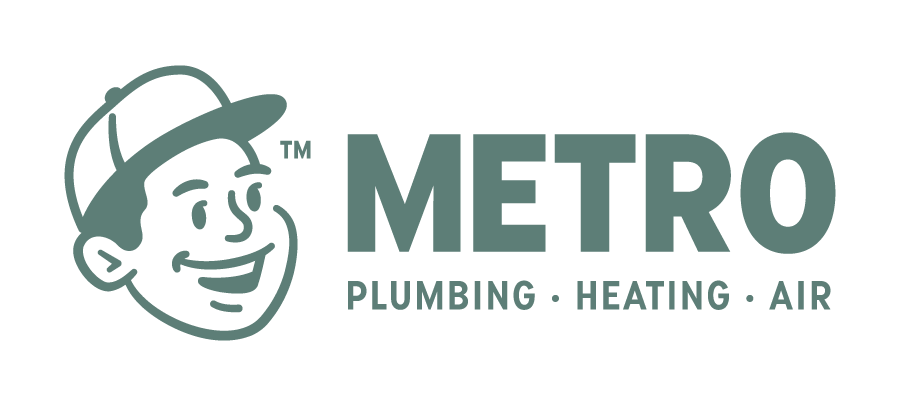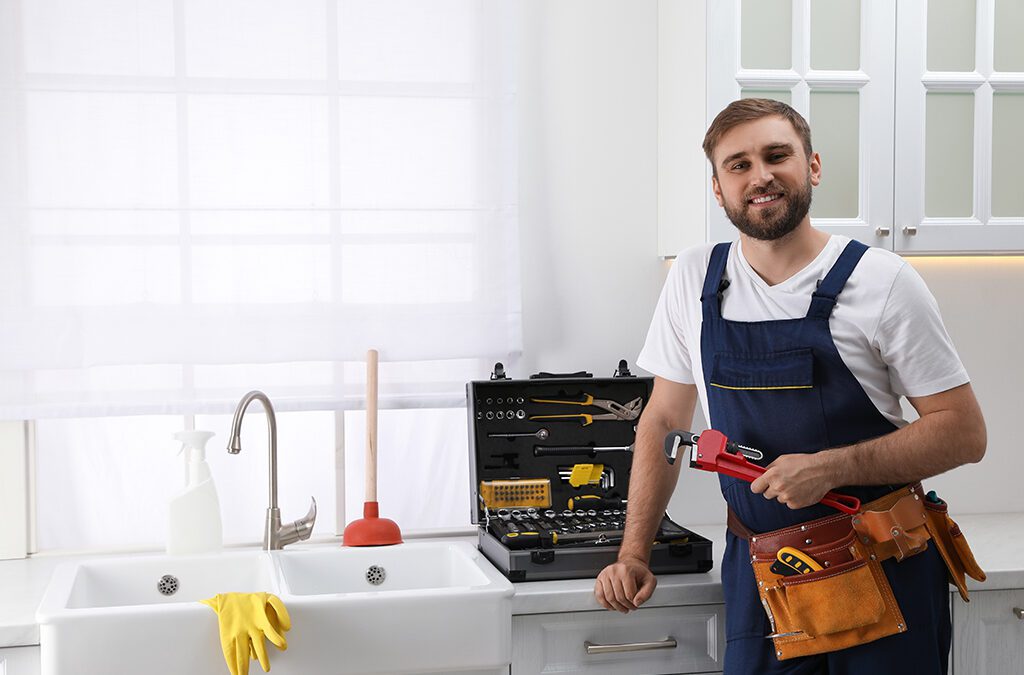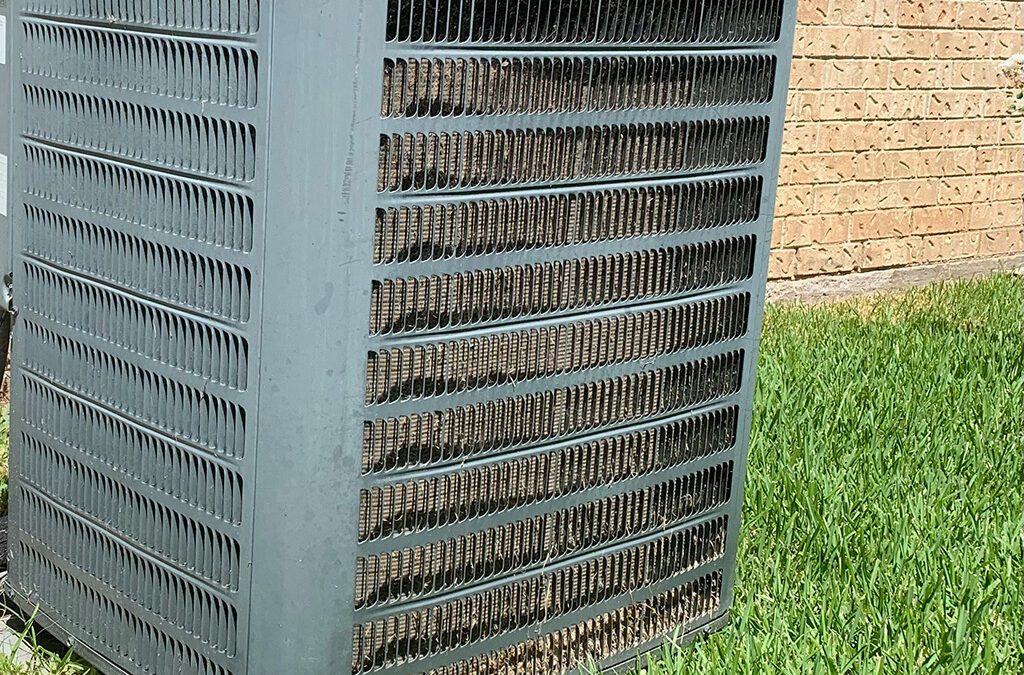Having an appliance that quits working never leads to a good day (unless you’re in some kind of romantic comedy). Having a heater that stops working in the middle of winter is even worse, especially when it starts working again as soon as the repairman arrives. Or, if your home is heated using a reversible heat pump, when water starts pooling around the unit in your home.
Fortunately, one of the most common reasons for pooling water or emergency shut-off in your central unit is a condensate line issue. A simple water-line that moves condensation away from sensitive components can sometimes become clogged or backed up to the point it overflows or triggers an emergency shutoff. Knowing how to clean the line yourself can save you money and a great deal of heartache when it comes to the middle of winter.
Heat Pumps
A reversible heat pump is simply an air conditioner that can move heat into a home during the winter by reversing the process it uses to move heat out of a home during the summer. Part of this process generates a great deal of condensation, which is usually drained outside the home. This condensation is also why your air conditioner is able to reduce humidity in your home so effectively.
Over time, dust can collect inside the drain line, particularly during periods of non-use, and you may occasionally find that insects have taken to using the drain line as a shelter. These and other things lead to blockages that can cause the drain line to overflow (or if your system uses a drain pan, can trigger a pressure switch shut-off). The best course of action is to clean out the drain line completely. For Compression units (heat pumps and HVAC systems), this can be done with a simple wet/dry vac.
How to Clear Condensate Line:
- Locate the condensate drain line
- Create an air-tight seal between the wet/dry vac and the drain line. This can be achieved by purchasing a specialized attachment for the wet/dry vac.
- Use the wet/dry vac to remove all water and obstacles from the drain line.
- Once clear, pouring a small amount of bleach down the drain line will help to keep it clear in the future.
For a visual example:
Furnace
The system used in furnaces is slightly different. Without a compression cycle, condensation occurs differently, and is based on temperature differences. There’s a single drain tube running out of your furnace that guides condensation away from critical components. If this line is not installed correctly, or has become clogged (which can occur for the same reasons as the heat pump or due to extremely long on-cycles during cold weather), it will trigger a pressure switch that will shut off the system.
This pressure switch is what causes your furnace to turn off and remain off. Once the line clears, the switch resets and your furnace can resume operation, leaving little for a technician to investigate since the furnace typically “fixes itself” before one can arrive.
The best way to fix this is to clear the drain line. It’s typically a small plastic tube inside the furnace housing. Inspect it for blockages, and blow out any you may find from both the line and the drain trap.
Improper Installation
Once you’ve successfully cleared any blockages, making sure that the drain line is installed again correctly is pivotal. The video below clearly shows what a properly installed drain line looks like.
Metro Plumbing, Heating, and Air Conditioning is the service company you want! Call us today at (423) 616-1025!



